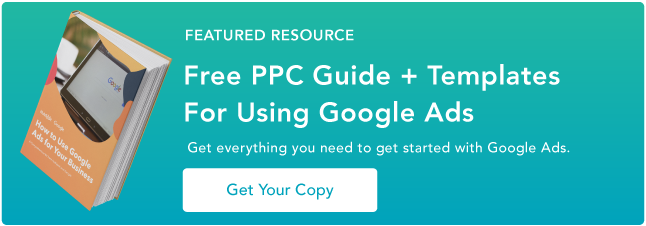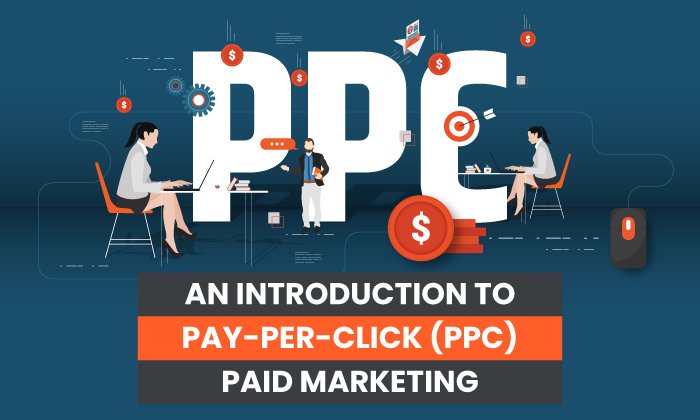The Ultimate Guide to Google Ads [Examples]

By cperricone@hubspot.com (Christina Perricone)
Given Google’s expansive reach, with somewhere with over 8.5 billion searches per day, chances are you’ve seen (and probably clicked on) a Google ad — and so have your potential customers.
And if you‘ve landed on this blog post, you’re probably looking to get in on the Google Ads action for your own business. You’re in luck!
In this guide, we give you the nitty gritty about how to start advertising on Google. We’ll even cover features specific to the platform and teach you how to optimize your campaigns to achieve the best results with your ads.
Table of Contents
- What is Google Ads?
- Does Google Ads work?
- Google Ads Terms to Know
- How does Google Ads work?
- Factors That Influence Google Ads
- How to Use Google Ads
- Types of Google Ads Campaigns
- Google Ads Examples
- Google Ads Bidding Strategies
- Google Ads Best Practices
- Google Ads Tips
- Additional Resources to Optimize Your Google Ads
What is Google Ads?
Google Ads is a pay-per-click (PPC) advertising platform where advertisers pay per click (or impression) on an ad.
Google Ads is an effective way to drive qualified traffic, or good-fit customers, to your business because they’re searching for products and services like yours. With Google Ads, you can boost your website traffic, receive more inquiries, and increase in-store visits.
Over time, Google Ads will also help you analyze and optimize those ads to reach more people.
Discover how HubSpot can help you better manage your Google Ads.
Why advertise on Google?
Google is the most used search engine, receiving millions of daily user searches. Not to mention, the Google Ads platform has been around for nearly two decades, giving it some seniority and authority in paid advertising.
Insider Intelligence forecasted Facebook is expected to generate 58.5% of Meta’s global ad revenues, totaling $121.90B.
Your competitors are using Google Ads (and might even be bidding on your branded terms). Hundreds of thousands of companies use Google Ads to promote their businesses, which means that even if you rank organically for a search term, your results are being pushed down the page beneath your competitors.
1. Ad Extensions
Ad Extensions allow you to supplement your ad with additional information at no extra cost. These extensions fall under one of five categories: Sitelink, Call, Location, Offer, or App.
2. AdRank
Your AdRank determines your ad placement. The higher the value, the better you’ll rank, the more eyes will fall on your ad, and the higher the probability of users clicking your ad. Your AdRank is determined by your maximum bid multiplied by your Quality Score.
3. Bidding
Google Ads is based on a bidding system, where you, as the advertiser, select a maximum bid amount you’re willing …read more
Source:: HubSpot Blog









